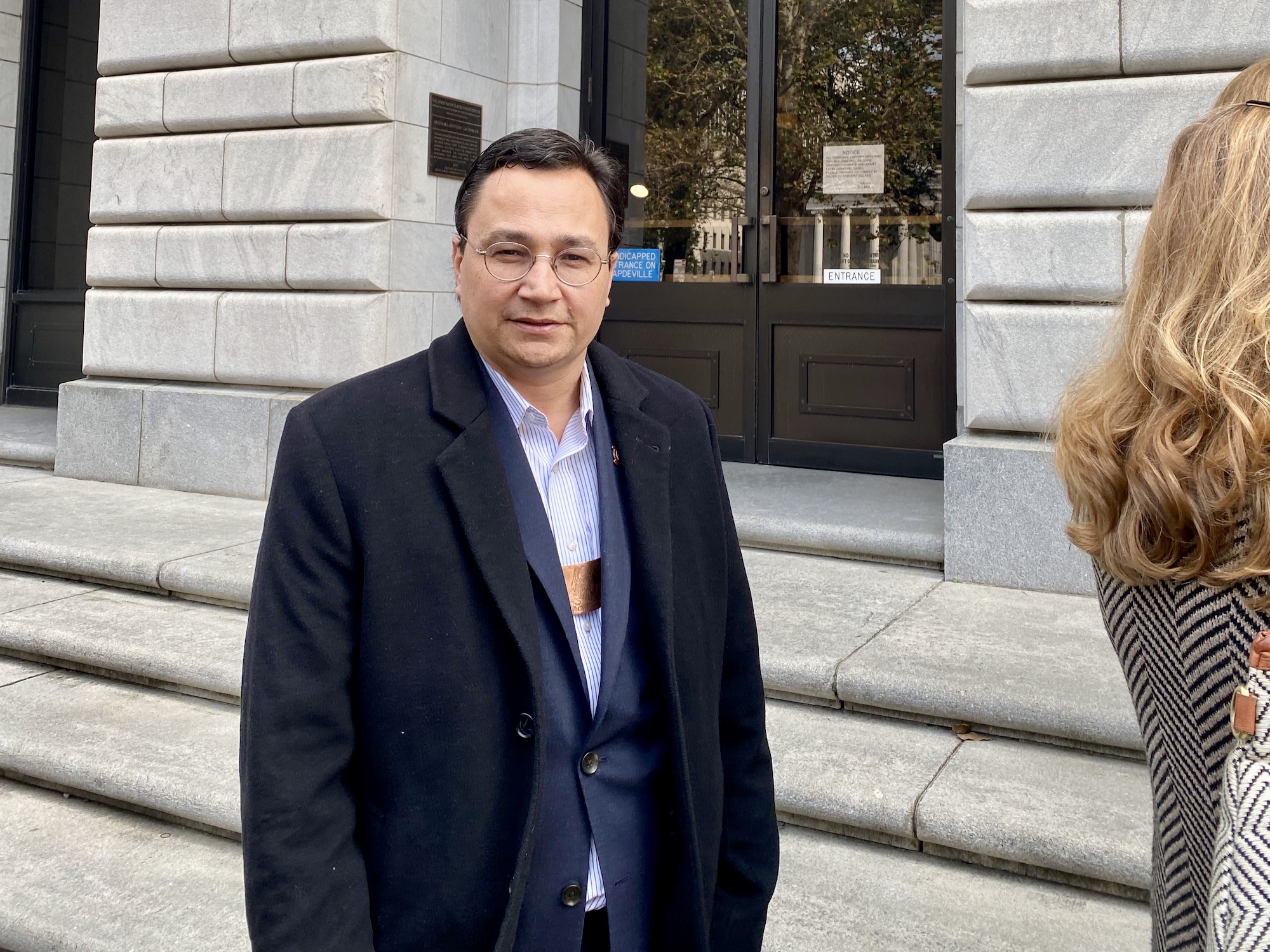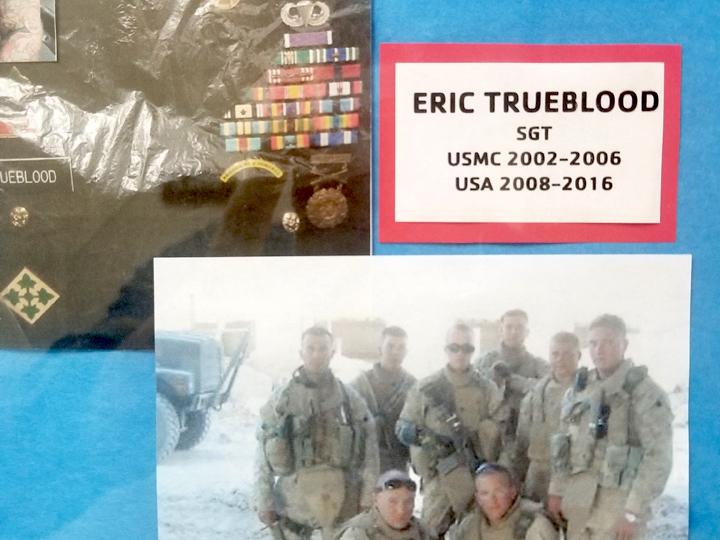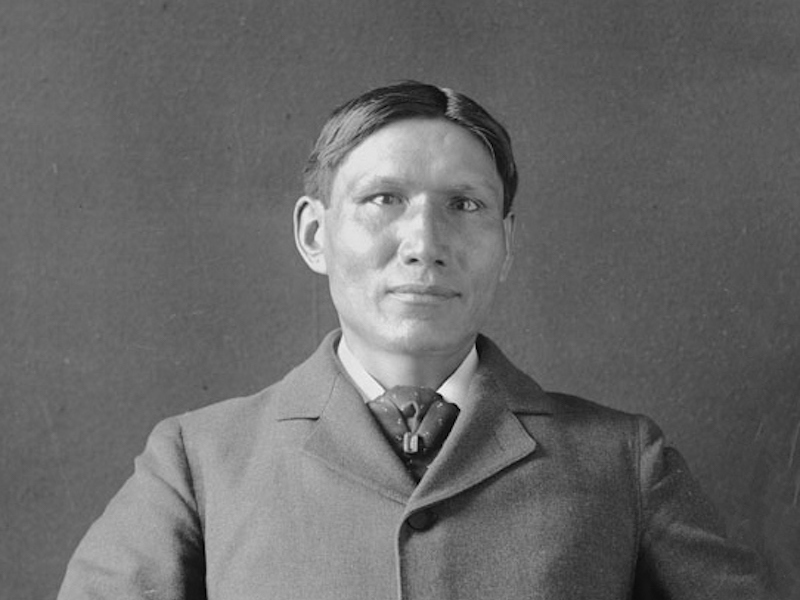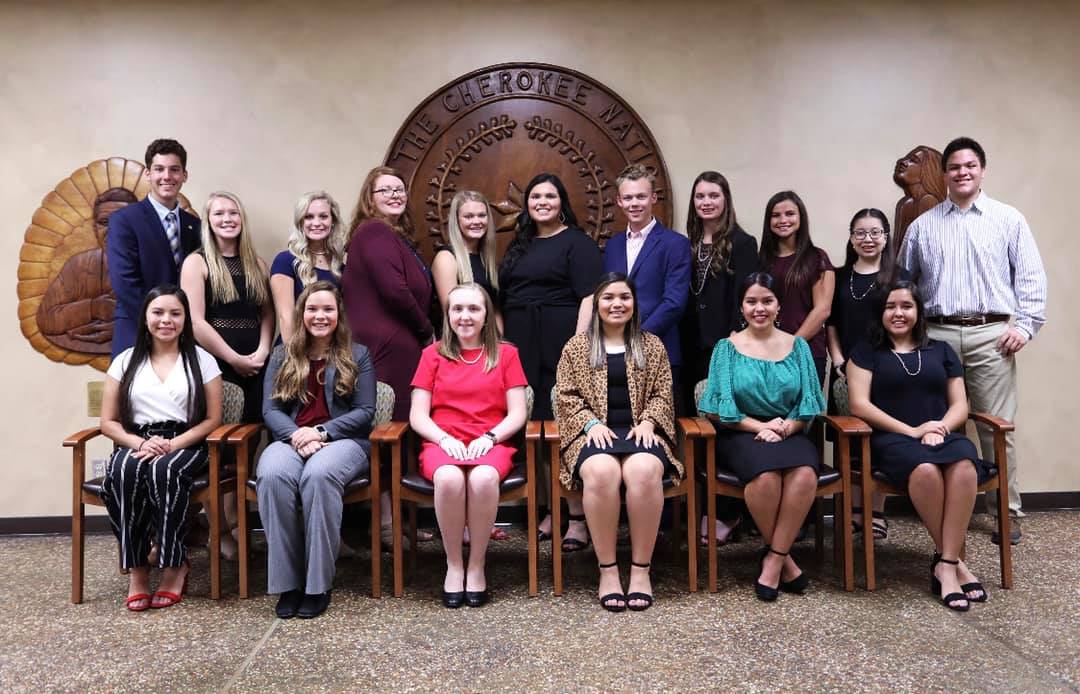

phone: 202 630 8439
|
Home > News > Headlines
Supreme Court alters federal criminal sentencing Thursday, January 13, 2005 Federal judges will no longer have to abide by the mandatory sentencing guidelines under a long-awaited decision from the U.S. Supreme Court on Wednesday. In one part of the decision, a majority led by Justice John Paul Stevens held that the current system violates the U.S. Constitution because it allows judges to issue sentences based on facts not found by a jury or admitted by a defendant. The court had arrived at a similar conclusion in a case involving Washington state's guidelines. In a second part, however, a different majority led by Justice Stephen G. Breyer held that the system is no longer mandatory but merely advisory in nature. The ruling gives judges more discretion in departing upward or downward from the guidelines, which were established by Congress in the 1980s in hopes of creating more uniform punishments. Either way, the sentences can be reviewed on appeal and the decision will have an impact on Indian criminal defendants throughout the country. Crimes on reservations are prosecuted in federal courts except in a handful of states where criminal jurisdiction was granted to them. But long before the ruling came down, many within the justice system have been concerned about the way Indian criminal defendants are treated. Several states have found disparities in punishments handed to American Indians and Alaska Natives. The issue is gaining in prominence in the federal realm. In one example, a divided 9th Circuit Court of Appeals issued a somber yet searing opinion last month about a member of the Blackfeet Nation of Montana whose sentence for a violent assault had been extended beyond the federal sentencing guidelines based on his criminal record. The majority reversed the punishment as too harsh in light of the man's long history of alcohol abuse. "This case is a powerful indictment of the criminal justice system," Judge Warren J. Ferguson, wrote. "Our social and penal policies are failing to alleviate alcohol abuse on Indian reservations and the crime to which it gives rise. These problems cry out for treatment, not simply more prison time." A top federal prosecutor has called the system a "national shame" because it has major impacts on Native Americans as victims and as criminal defendants. Thomas B. Heffelfinger, the U.S. Attorney for the state of Minnesota said the system "is taking the leaders of our national tribes, making them victims of crime and sending them to prison." "This is a tragedy," he said at an Indian law conference earlier this year. Heffelfinger, who co-chairs the Department of Justice's Native American Issues subcommittee, wants the criminal jurisdiction system in Indian Country simplified. Federal statistics show that Native Americans are victims of violent crime at rates far higher than every other racial and ethnic group. The National Congress of American Indians called this trend "disturbing" earlier this month after the release of another round of government data. "The statistics have shown that from 1995 to 2002, the homicide rate of American Indians has decreased by about 45 percent," the organization said. "However, the rate of violent crimes experienced by American Indians is quite disturbing considering the fact that American Indians are almost twice as likely to be the victim of violent crime compared to the rest of the U.S. resident population." Tribal leaders are confronting the problem in several ways. One of the more controversial is an attempt to recognize tribal jurisdiction non-Indians. The Bureau of Justice Statistics reported that 60 percent of crimes against Indians are committed by whites but tribes lack authority over them. Another is increased funding for law enforcement. With reservation prisons overcrowded and tribal police forces underfunded, money has been scarce despite recognition of the problems. But there are signs that the federal government is paying more attention. An investigation into suicides, deaths and other problems at Bureau of Indian Affairs prisons has prompted changes within the agency and more funding. And in November, Congress required the Department of Justice to provide quarterly updates about efforts to reduce homicides, domestic violence, child abuse and other violent crimes in Indian Country. A special liaison office has been funded with $7.55 million to address high rates of violence against Native women. In response to the Supreme Court, assistant attorney general Christopher A. Wray said yesterday that DOJ was "disappointed that the decision made the guidelines advisory in nature." He said: "District courts are still required to consult the guidelines, and any sentence may be appealed by either defense counsel or prosecutors on the grounds that it is unreasonable." Supreme Court Opinion: Syllabus | Opinion I [Stevens] | Opinion II [Breyer] | Dissent [Stevens] | Dissent [Scalia] | Dissent [Thomas] | Dissent [Breyer] 9th Circuit Opinion: US v. Bad Marriage (December 30, 2004) Related Stories: Congress puts focus on Indian Country crime (11/22) Violent crime on the rise on Navajo Nation (11/02) Tribal rights recognized in domestic violence bill (10/26) Alaska wants to reduce tribal powers in child welfare (09/09) Two grants to combat domestic violence on reservation (09/01) Justice bill shifts priorities in Indian Country (8/4) Criminals on Navajo Nation sometimes set free (07/30) Tribal authority over all Indians still unsettled question (06/23) Native women in Oklahoma at high risk for violence (05/26) Federal prosecutor seeks to change 'national shame' (04/19) IHS compiles domestic violence research (10/29) Native youth victimization outpaces nation (07/17) Natives top violent crime list again (4/8) One in 10 hate crimes target American Indians (10/1) DOJ: American Indians highest injured (6/25) DOJ: Violent crime plagues Indian Country (3/19) Violence in Indian Country (6/15) Copyright � 2000-2004 Indianz.Com |
|
|||||||||||
|
Home |
Arts & Entertainment |
Business |
Canada |
Cobell Lawsuit |
Education |
Environment |
Federal Recognition |
Federal Register |
Forum |
Health |
Humor |
Indian Gaming |
Indian Trust |
Jack Abramoff Scandal |
Jobs & Notices |
Law |
National |
News |
Opinion |
Politics |
Sports |
Technology |
World
Indianz.Com Terms of Service |
Indianz.Com Privacy Policy
About Indianz.Com | Advertise on Indianz.Com Indianz.Com is a product of Noble Savage Media, LLC and Ho-Chunk, Inc. |







































































